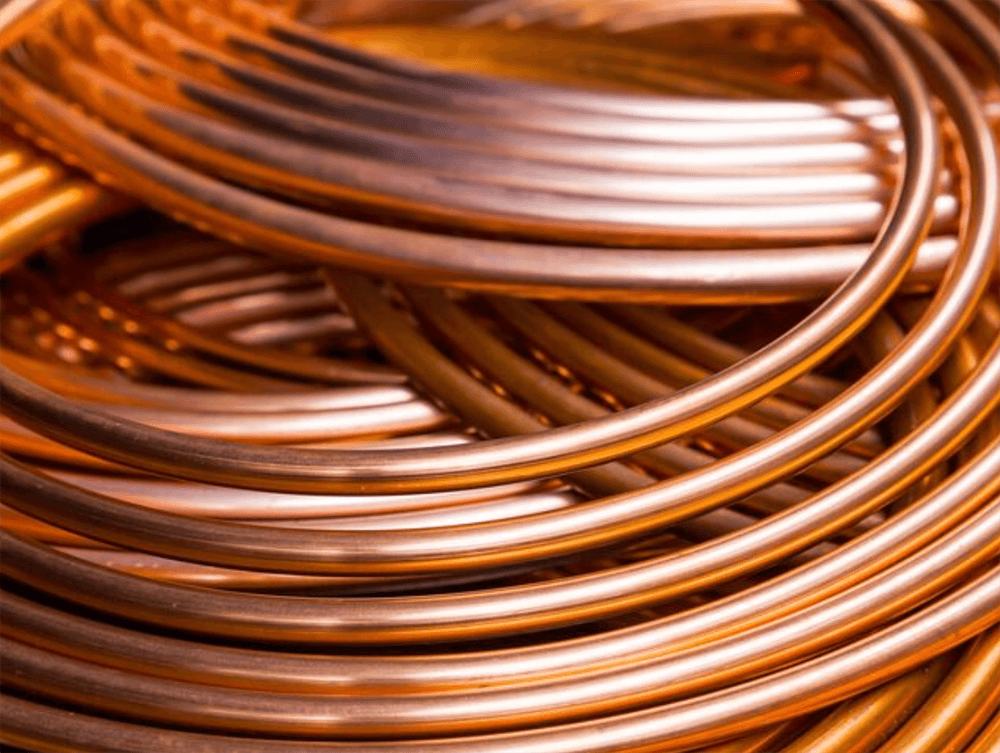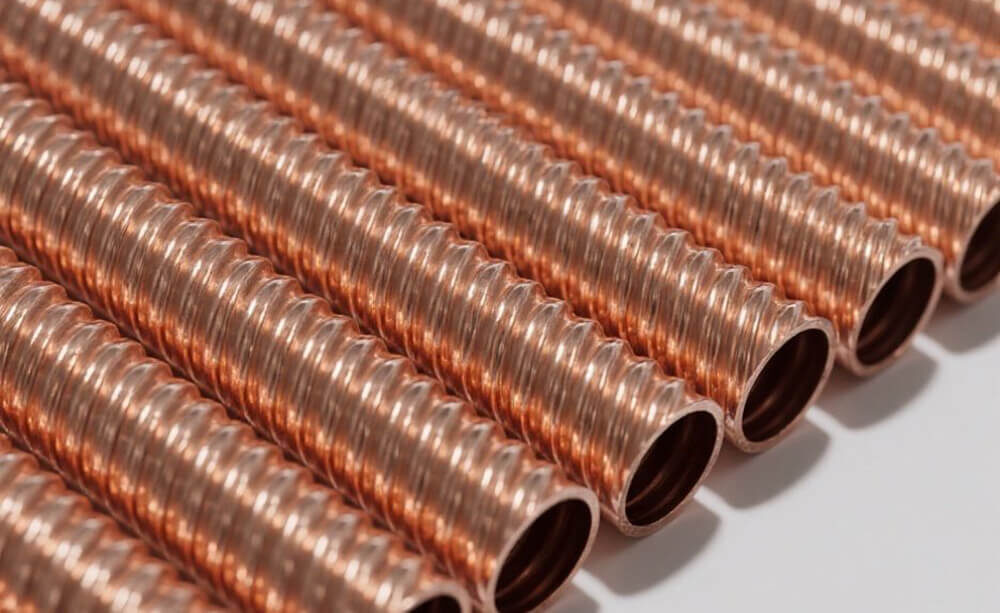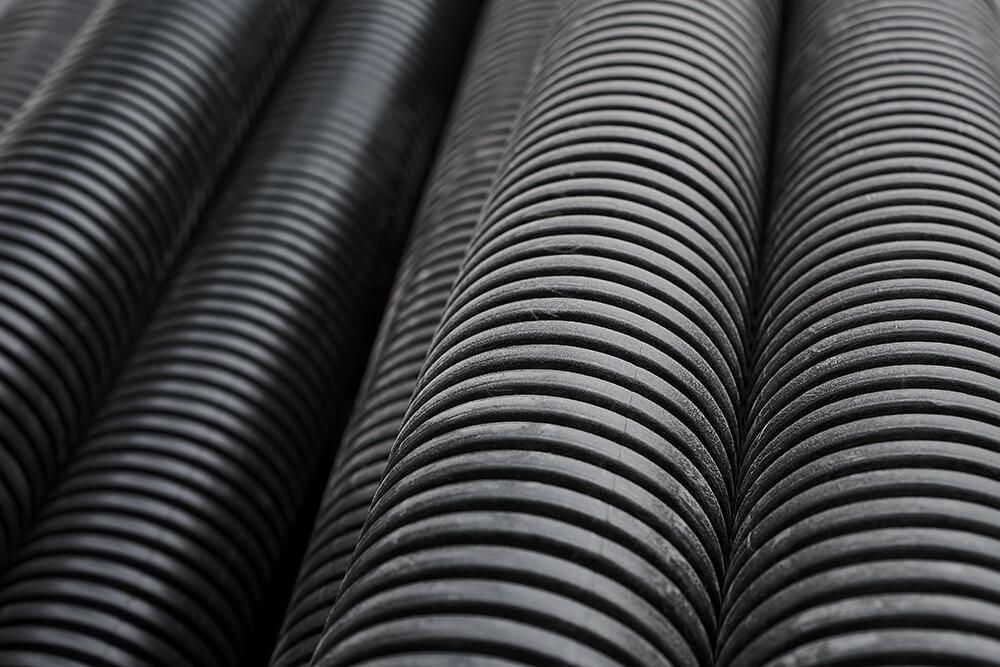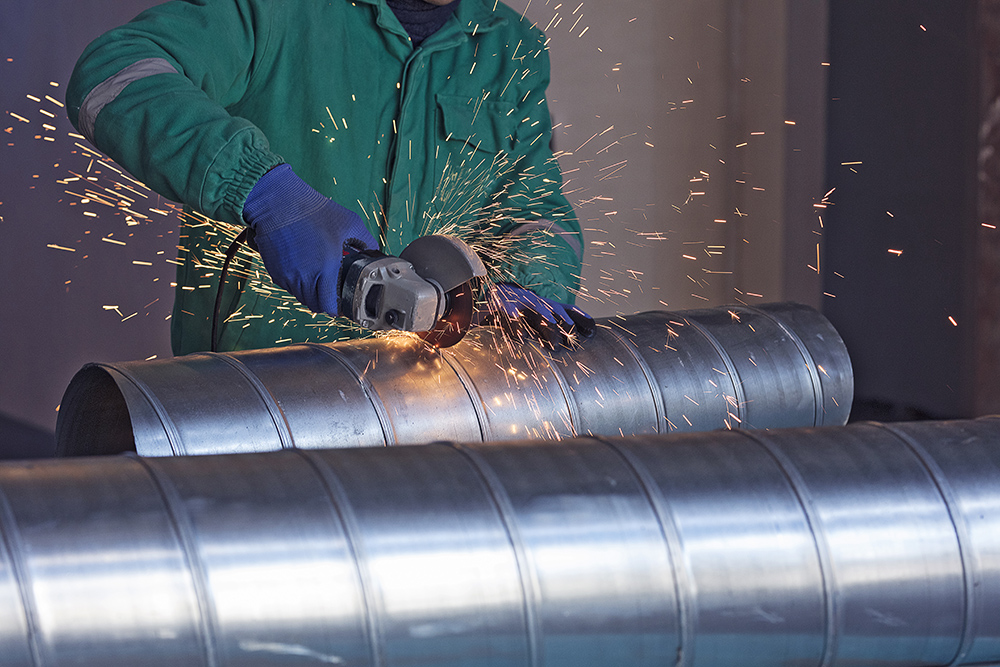The Complete Guide to Copper Tube Specifications and Installation
Copper has been the gold standard for plumbing and HVAC systems for centuries, revered for its durability, resistance to corrosion, and reliability. Modern construction continues to rely heavily on copper tubing, utilizing specialized types and sophisticated installation techniques to meet stringent performance requirements. A comprehensive understanding of copper specifications and best practices is essential for any professional seeking to ensure the longevity and efficiency of a fluid-carrying system.
Copper tubing is categorized into distinct types based on wall thickness, which directly correlates to its pressure rating and intended application. Type K has the thickest wall and is typically used for underground service and high-pressure commercial systems. Type L is the most common choice for general residential water service and internal plumbing lines; it offers a high working pressure rating suitable for standard household use. Type M has the thinnest wall and is often used for heating applications and some interior water distribution lines where local codes permit, as it is the most cost-effective option. Finally, DWV (Drain, Waste, and Vent) copper has the thinnest walls of all, is usually only available in hard temper, and is used strictly for non-pressurized drainage systems.

Copper Tubing Installation Techniques: Best Practices for Both Soft and Hard Copper
The two primary forms of copper tubing, soft (annealed) and hard (drawn), require different installation approaches. Hard copper is rigid and is typically joined using fittings soldered at the joints. Best practices for hard copper installation include cutting the pipe squarely, thoroughly reaming the interior to remove burrs, and cleaning the joint surfaces with abrasive cloth or brush before applying flux. Soft copper is flexible and often used for applications requiring bends, such as refrigerant lines or appliance hookups, as it can be easily shaped with a tube bender. Its flexibility allows for fewer joints, reducing potential leak points.
While copper naturally resists many forms of corrosion, certain water quality conditions can accelerate wear. Effective corrosion protection methods are vital for residential copper piping systems. These include maintaining appropriate water pH levels, controlling flow velocity to prevent erosion corrosion, and avoiding direct contact between copper tubing and other dissimilar metals (like steel pipe hangers) to prevent galvanic corrosion. In some high-risk scenarios, wrapping the tubing with protective tape or sleeving can prevent external corrosion where it passes through concrete or masonry.
How to Properly Size Copper Tubing for Your Water Supply System
Correct sizing is critical to ensure adequate flow and water pressure throughout a structure. To properly size copper tubing for a water supply system, engineers must calculate the total fixture units (a measure of water demand for all plumbing fixtures) and determine the maximum allowable friction loss. Tubing that is too small will result in low pressure and an irritating drop in temperature when multiple fixtures are used simultaneously, while overly large tubing is wasteful and can lead to excessive water-side pressure drop.
Soldering remains the most common and reliable way to join hard copper tubing. A professional step-by-step guide requires safety, cleanliness, and precision. First, the joint surfaces must be cleaned and flux applied immediately. Second, the fitting is assembled, and a heating torch is applied, evenly heating the fitting, not the pipe. Once the joint reaches the correct temperature, solder is touched to the joint, and capillary action draws it fully into the gap. A properly soldered joint should have a smooth, continuous band of solder around the entire circumference.
Thermal Expansion in Copper Piping: Design Considerations for HVAC Systems
Copper’s sensitivity to temperature changes must be accounted for in large systems. Thermal expansion in copper piping can lead to stress, noise, and structural fatigue if not managed. For HVAC systems that handle significant temperature swings, design considerations must include expansion loops, offsets, or bellows to absorb movement. Piping runs must also be secured with hangers that allow for movement without restraint, preventing undue stress on joints and structural components.
In closed-loop systems like radiant floor heating, the presence of oxygen can cause corrosion in system components like boilers and pumps. Oxygen barrier copper tubing is not required because copper is inherently non-permeable to oxygen. However, it is essential that all other materials in the system, particularly non-copper piping or rubber components, are designed to prevent oxygen ingress. Copper’s natural oxygen barrier qualities make it the ideal, long-lasting material for such applications.
International Standards for Copper Tubing: ASTM, EN, and ISO Requirements Explained
Global commerce and construction rely on unified material specifications. International standards for copper tubing, such as ASTM (primarily used in the Americas), EN (common in European regions), and ISO (a global standard), ensure quality and compatibility. These standards precisely define the chemical composition, dimensions, pressure ratings, and testing protocols for different copper types, giving engineers and installers confidence in the material’s performance regardless of its origin.
The history of copper as a plumbing material is ancient, with evidence dating back to early civilizations. The evolution of copper plumbing demonstrates its lasting reliability. From the extensive copper pipe networks used in Ancient Rome to the tightly regulated standards of Modern Building Codes, the material has adapted. Today’s codes reflect decades of engineering knowledge, ensuring that contemporary copper systems are safer, more efficient, and more durable than ever before.

How to Test and Maintain Your Home’s Copper Plumbing System
Regular care can significantly extend the life of a system. To test and maintain a copper plumbing system, periodic visual inspections for signs of external corrosion (blue-green deposits) are essential. Pressure testing can be performed by a professional to ensure the system is holding pressure. Maintenance often involves simple measures like checking for and repairing leaky faucets, which can prevent the high-velocity water flow that causes premature pipe erosion.
Installing copper requires specialized tools. Professional tools for copper tubing are designed for precision and efficiency. What every plumber should have in their kit includes: a proper tube cutter (for smooth, straight cuts), a reamer (to remove inner burrs), an abrasive cloth or wire brush (for cleaning joints), a high-quality torch and soldering kit, and specialized tube benders for soft copper. Using the right tool for each job prevents damage to the tubing and ensures a perfect, leak-free joint.
Understanding Copper Pipe Compatibility with Different Water Quality Conditions
Copper’s durability can be affected by the chemistry of the water it carries. Understanding copper pipe compatibility with different water quality conditions is a technical necessity. Very low or very high pH levels, high concentrations of dissolved oxygen, or high levels of certain minerals can lead to various forms of corrosion. Proper system design and, when necessary, water treatment or conditioning are essential steps to optimize the material’s performance for specific local water supplies.
A pipe is only as strong as its connections. Copper pipe fittings come in a variety of types and applications. Common soldered fittings include couplings, elbows (45 and 90 degrees), and tees. Beyond soldering, mechanical joint fittings, such as flare or compression fittings, are used where disassembly might be required or where soldering is impractical (such as for natural gas lines). Press-connect fittings, a newer technology, use a special tool to permanently crimp the fitting onto the pipe, offering a faster, flame-free alternative to traditional soldering.
The Cost-Benefit Analysis of Copper vs. PEX Piping for Modern Homes
In modern construction, copper is often compared to PEX (cross-linked polyethylene) piping. A cost-benefit analysis reveals distinct trade-offs. Copper has a higher material and labor cost but offers superior fire resistance, is completely impermeable to oxygen, and has an established, long lifespan. PEX is less expensive and easier to install due to its flexibility but may require more specialized connection fittings. The final choice for modern homes balances initial investment against long-term performance and material characteristics.
Even experienced installers can make errors. Common copper pipe installation mistakes include insufficient cleaning of the pipe surfaces before soldering, overheating the joint, and failing to fully ream the pipe interior. The latter two can lead to premature failure or reduced flow capacity. How to avoid them involves strictly adhering to the cleaning, fluxing, and heating protocol, and always using the correct tools to ensure a smooth, clean joint that utilizes capillary action effectively.






